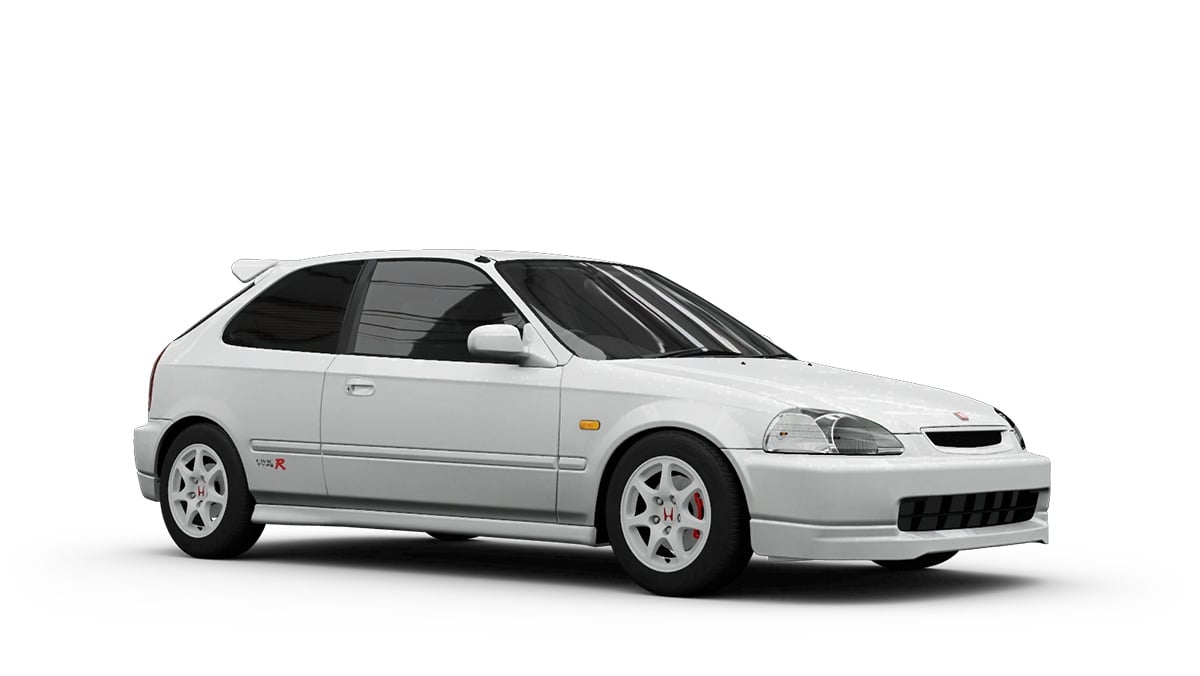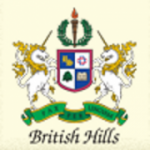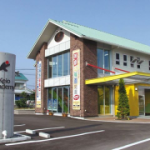
The word 走り屋 is used to describe people who particularly enjoy riding cars and motorcycles at high speeds on highways, mountain roads, and other public roads. Unlike so-called “street racers,” which is a term used by the police, these people do not roam the streets in groups but prefer to ride solitary on remote mountain roads (where there is little obstructing traffic) and they place more emphasis on driving skill and vehicle power and performance. Depending on where they appear and what they do, they are also called カミナリ族, ドリフト族, and so on by news organizations.
Until the 1960s, those who ran amok on public roads in Japan were called kaminari-zoku, but since the 1970s they have been treated as 暴走族. It wasn’t too long before a distinction began to emerge, and there were two main types of groups: those who sought to control others through violence and those who sought to compete through driving skill. The latter group was at first called 街道レーサー (kaidō-rēsā – highway racers), and the name later changed to
 .
.
Many participate in unauthorized nighttime races and rallies on highways, winding mountain passes, harbors, and new urban areas where there are many straightaways. Even if they do not actually participate in official competitions, hashiriya may call themselves a “racing team” if they form a group. There are various types of “races” in which many spectators gather, but because they are not legal, although they resemble racing competitions, they are not publicized as “events” and can be categorized as illegal gatherings.
After peaking in the 1990s, the number of drivers has continued to decline since then. Many young people have lost interest in automobiles after the burst of the Japanese economic bubble. The main reason is the increase in vehicle prices due to the pursuit of higher performance and safety in passenger cars. In particular, the standard price for many sports cars are now over 2 million yen, making it difficult for young workers to afford not only the cost of the vehicle and its maintenance but also the cost of modifications. During the same period, the police thoroughly enforced a new 3S campaign that had stiff penalties for such offence as:
- 速度超過 – speeding
- 酒気帯び運転 – driving under the influence of alcohol
- シートベルト – wearing seatbelts

In addition, the 2000 exhaust gas regulations led to the discontinuation of many sports cars popular among hashiriya, such as the Supra, RX-7, Skyline GT-R, and Silvia, which halted the collapse of used sports car prices, once again accelerating the decline of hashiriya.
As of 2022, the birth rate is declining in Japan and young people are becoming less and less interested in cars. Environmentally friendly cars, especially hybrid cars, are gaining popularity, while high-powered sports cars with low fuel efficiency are not eligible for eco-car tax breaks. In addition, the absolute number of used cars is decreasing due to age-related deterioration and eco-car subsidies, as most popular used cars are older models across the board. In addition, the Japanese driving culture has become well known overseas and in recent years there has been an exodus of Japanese-made sports cars from the rest of the world.
These factors have resulted in a continuing decline in the number of used popular used cars models. The new generation of cars models has been slow to emerge (especially in the face of safety and environmental standards and the extreme bias of the domestic auto market toward automatic transmission cars, hybrid vehicles, SUVs, and minivans, which often do not meet the needs of hashiriya), and the continued rise in gasoline prices has caused the percentage of drivers to drop. Compared to their heyday, hashiriya are in their twilight years.















